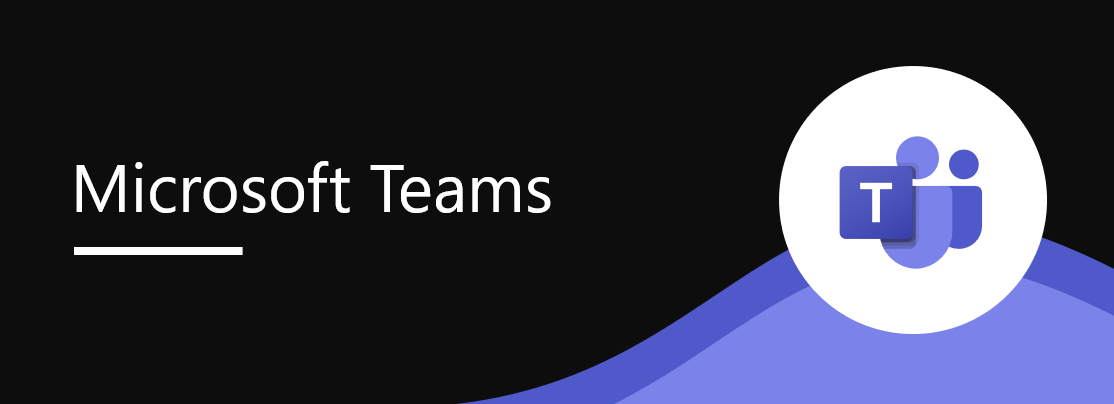Microsoft Teams: Proximity Join via ultrasound
Microsoft Teams Rooms on Windows will soon support Proximity Join via ultrasound, offering an alternative to Bluetooth or QR codes. This feature will be enabled by default and will roll out between late August and early November 2024, depending on the region. Users should be informed about the new capability and its potential impact on device detection. Roadmap ID: 380681.

Microsoft Teams Rooms on Microsoft Windows will soon support Proximity Join via ultrasound. It will be an alternative to using Bluetooth or QR codes and typically will not penetrate walls, therefore improving the quality of detected rooms by personal devices. This release will be rolling out to Microsoft Teams Desktop (Windows and MacOS) for receivers and to select Microsoft Teams Rooms on Windows.
This message is associated with Microsoft 365 Roadmap ID 380681
When this will happen:
General Availability (Worldwide): We will begin rolling out late August 2024 and expect to complete by mid-September 2024.
General Availability (GCC): We will begin rolling out mid-September 2024 and expect to complete by early October 2024.
General Availability (GCC High): We will begin rolling out early October 2024 and expect to complete by early November 2024.
How this will affect your organization:
The user experience for Proximity Join on Microsoft Teams Rooms will not change as a result of this feature. The suggested room in the room list will be improved using ultrasound.
Previous tenants that were not able to leverage the Proximity Join feature due to Bluetooth restrictions will be able to use Proximity Join via ultrasound with this release.
This new feature will be enabled by default.
What you need to do to prepare:
You may want to notify your users about this new capability to detect nearby rooms using the laptop microphones, which will receive the ultrasound signal broadcasted from select Microsoft Teams Rooms that have consoles built with a dedicated ultrasound speaker. Audio peripherals connected to laptops may affect the device’s ability to detect the ultrasound signal.
Message ID: MC808162


 HANDS ON tek
HANDS ON tek
 M365 Admin
M365 Admin







